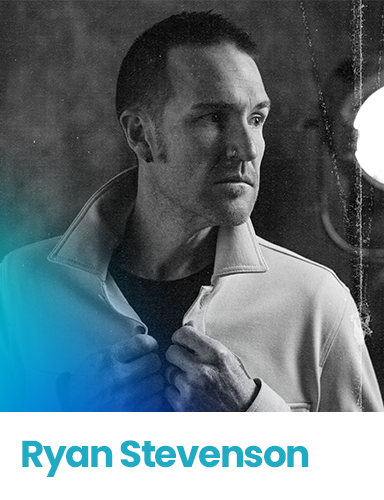
5 New Group Brainstorming Rules
Group brainstorming has long been a staple for radio shows, podcasts, sales teams, and marketing teams to generate innovative ideas. Major corporations the world over use it to create new products and services or solve problems.
In Jeremy Utley and Perry Klebahn’s book Ideaflow, they suggest new strategies for coming up with great ideas through brainstorming.
First, let’s take a look at the six most common existing group brainstorming rules:
- Clearly define the issue you’d like to address.
- Set a time limit.
- Focus on quantity over quality. Go for as many ideas as possible.
- No judgment of any idea is allowed until the specified time limit is up.
- Encourage outrageous ideas.
- Evaluate and choose the best ideas to discuss and implement.
All six of the basic ideas are still relevant, however, Utley and Kelbaun identified effective new guidelines that make traditional brainstorming more effective.
5 NEW GROUP BRAINSTORMING RULES
New Rule #1: Include Introverts
In a group setting, spitballing favors extroverts. To be sure introverted people’s ideas are heard, the facilitator asks each participant to submit two ideas before the session begins.
New Rule #2: Small is Better
Too many participants can bog down the session by getting all the voices heard. According to Ideaflow, the magic maximum number is six.
New Rule #3: Dramatically Increase Idea Quantity
Utley and Klebaun’s research revealed what they call the “Idea Ratio.” It can take 2,000 ideas including variations, combinations, and refinements to generate one great one! Idea ratio: 2000 to 1.
Myth: The first few ideas are usually the best ones. Utley and Klebaun guys noted that most groups stop generating ideas way too early. Participants tend to latch on to the first few ideas that sound workable.
Focusing on the first few ideas leads to what the authors term anchoring bias which limits quantity. People typically start throwing out similar or supporting suggestions on the first few that seem feasible. To get the best ideas, keep going until the specified time is up.
New Rule #4: Delay Evaluation
Unlike traditional brainstorming where the evaluation process begins immediately after the allotted time, Utley and Klebaun recommend ending the session by asking participants to adjourn and contemplate the ideas that stand out to them. Their point is the best ideas and freshest thinking often occur in reflection after the meeting.
New Rule #5: Reconvene
The follow-up session is designed to evaluate, judge, share insights and make decisions on the best idea(s) moving forward.
Here are two fun actions to improve your brainstorming session:
- People tend to open up more around food.
- Make it fun by ringing a bell when someone judges an idea before the brainstorming time is up.






















































































































